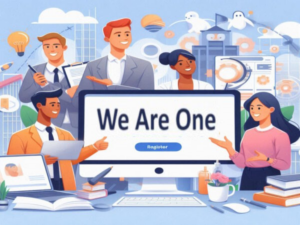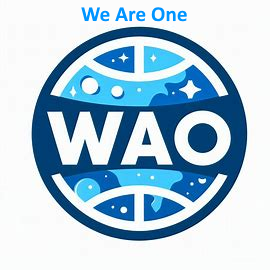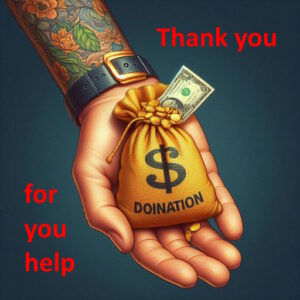Generation Z are young people born between 1995 and 2010. In English-speaking countries they are often referred to as GenZ or Gen Z. It follows Generation Y (also called Millennials) and is the first generation to grow up with smartphones.
Technology-savvy and always online, impatient and demanding, health and environmentally conscious – with these Characteristics of Generation Z can be described.
One problem of this generation in Europe is the high level of unemployment among young people. Portugal has been struggling with high unemployment rates among young people for years. The numbers are even higher in Italy, Sweden, Greece and Spain.
The unemployment rate for young Americans ages 16 to 24 is now at least twice the national average.The unemployment rate for young Americans ages 16 to 24 is now at least twice the national average.
But things look much worse in China. Young Chinese people are told that the hard work of studying and getting degrees pays off. However, after graduating from university, one in five people under 25 is currently without a job. Youth unemployment is now at a record high of over 21 percent.
https://www.n-tv.de/panorama/Chinas-Jugend-gehen-auf-article24587172.html
So there is enormous potential worldwide of mostly well-educated, energetic young people who have a lot of time for themselves and for their own interests. Often this energy is diverted into pure pastime.
If you could show this huge potential of people hungry for change a way to do something for themselves and the rest of the world, a small revolution could get started.
Or a big one.
The young age group has participated in and led various revolutions and social movements throughout history. Some examples are:
- Paris May 1968 – The student protests and the resulting workers’ strikes in France were largely supported by young people.
- Arab Spring – During the Arab Spring, which began in 2010, young people in countries such as Tunisia, Egypt and Syria played a crucial role in protests and the push for political change.
- Students for a Democratic China Movement – Young Chinese students were instrumental in the Tiananmen Square protests in Beijing in 1989.
- Black Lives Matter – This movement against racism and police violence is being driven by many young activists in the United States and around the world.
These examples show that young people are often a driving force behind social and political changes and in many cases take leading roles in revolutions and movements.





